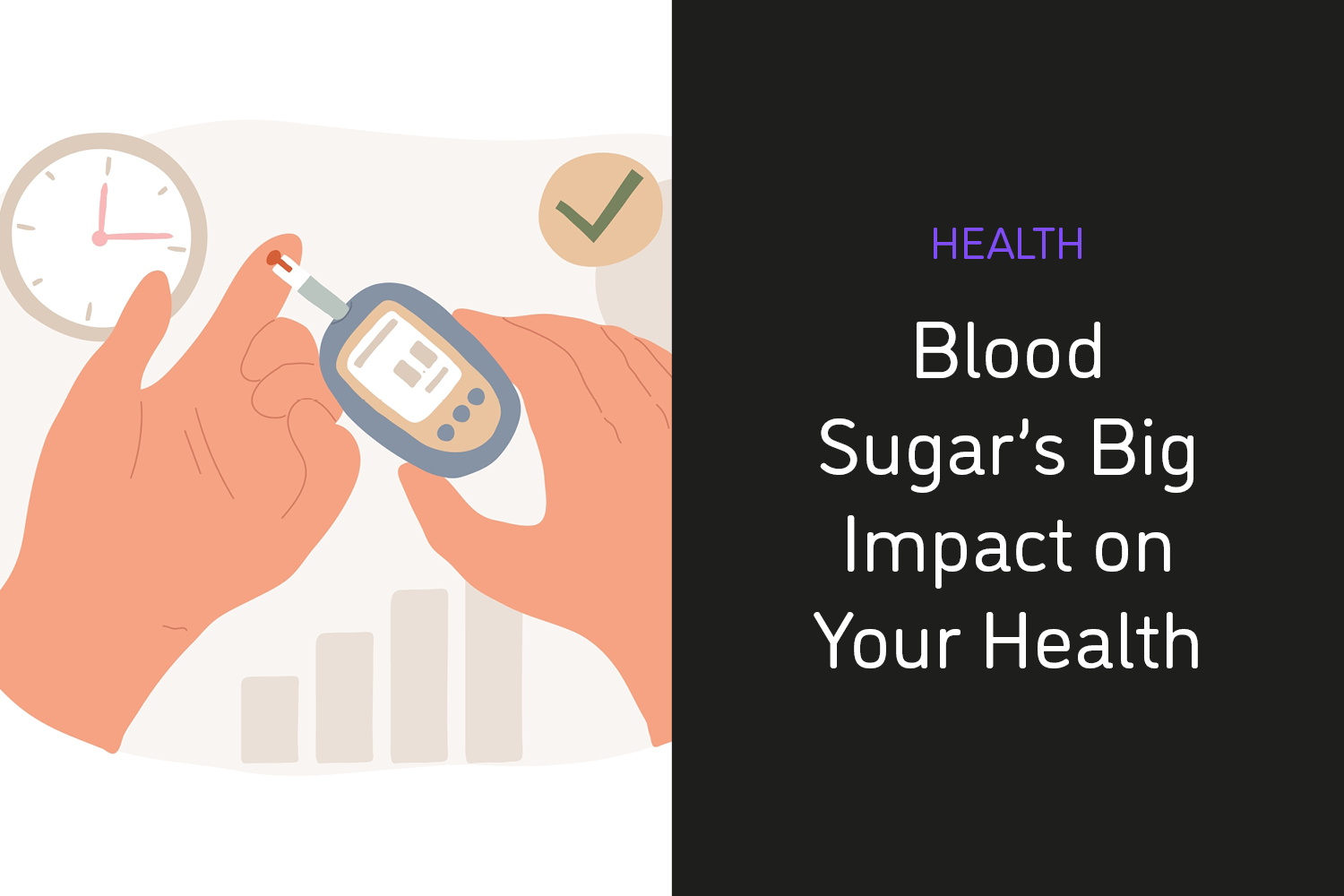Save 50%

Ever had that mid-afternoon slump where you feel like you could fall asleep at your desk? Or maybe you get inexplicably grumpy (or ‘hangry’ as some might say!) if you miss a meal?
Chances are, your blood sugar levels are playing a leading role in these daily shifts. Many people associate blood sugar only with diabetes, but in reality, balanced sugar levels are essential for everyone’s energy, mood, and overall well-being.
This goes beyond simply avoiding a ‘sugar crash’. It’s about maintaining steady energy throughout the day and reducing physical discomfort, such as fatigue and aches.
Think of blood sugar (glucose) as the main fuel source for your body and brain. When you eat, particularly carbohydrates, your body breaks them down into glucose, which enters your bloodstream.
Insulin, a hormone produced by the pancreas, helps move this glucose into your cells for energy.
The interesting part is that it’s not just about what you eat, but how your body processes it. A meal high in refined sugars or simple carbohydrates can cause a rapid spike in blood sugar.
Your body then releases a surge of insulin to lower it, which may lead to a sudden ‘crash’, leaving you tired, sluggish, or shaky.
Stable blood sugar, on the other hand, provides a steady stream of energy, keeping you alert and feeling well throughout the day.
You don’t need a blood test to spot fluctuations in sugar levels. Your body sends clear signals.
Look out for:
Noticing these signs is the first step in gaining more control over how you feel day to day.
This may not be immediately obvious, but unstable blood sugar can contribute to physical discomfort like stiffness or aching muscles.
Chronically high blood sugar may lead to inflammation in the body. Inflammation is a key factor in many types of pain, including joint discomfort and muscle tightness.
Over time, poor blood sugar control can also affect nerve function, which might lead to symptoms such as tingling or sensitivity.
Keeping your sugar levels stable helps reduce inflammation and supports healthy muscle and joint function.
Want to avoid sugar highs and lows and feel more consistent throughout your day? Focusing on meal balance is a simple yet powerful strategy.
Pair your meals and snacks with protein, healthy fats, and fibre. These nutrients slow sugar absorption and help keep energy stable.
Here are some clever swaps:
Making these everyday choices can bring real improvements in how you feel. Paying attention to your blood sugar is a practical way to support your energy, mood, and long-term well-being.